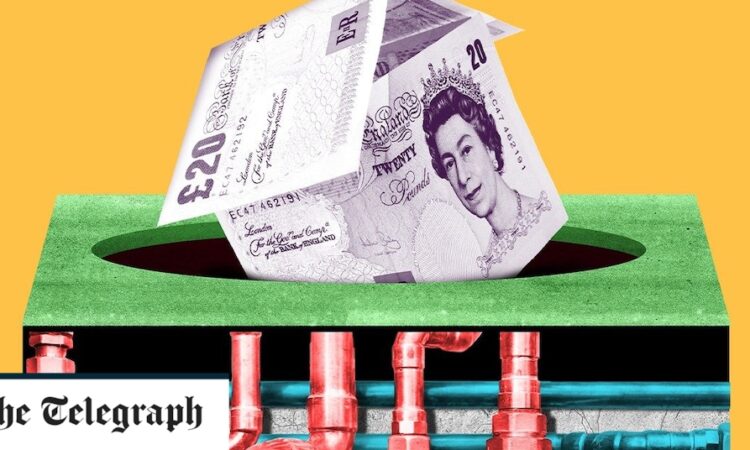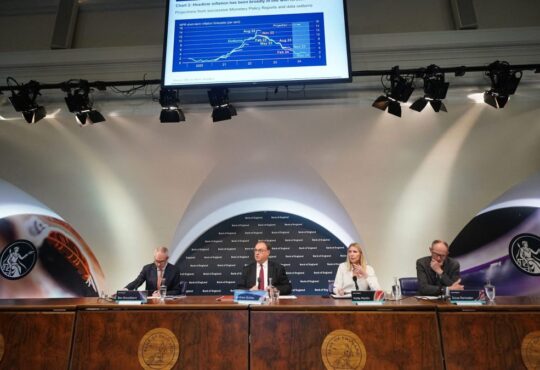
Based on an 8pc house price fall, 16pc of owners aged 16 to 34 will fall into low or negative equity over the next two years, according to the Resolution Foundation, a think tank.
Negative equity becomes a problem for homeowners in two situations. If they have to sell, they will owe the difference to their lender. And those who are in negative equity when they come to the end of their fixed-rate mortgage will struggle to refinance.
Lewis Shaw of Riverside Mortgages, a broker, said: “Categorically, you can’t remortgage if you’re in negative equity. Remortgaging [can] mean moving from one lender to another and [for that] you need a minimum of 5pc in equity.”
Aaron Strutt of Trinity Financial, another broker, said: “If you’re in negative equity it is basically impossible to switch lenders unless you pay off more of your mortgage.”
This means that borrowers cannot shop around for the best deal and must stick with their existing lender, which means they could have to pay far higher rates.
Many mainstream lenders offer “product transfer” options for existing borrowers – deals that do not require new affordability tests. In some cases, product transfer rates can be comparable to rates for new business. But in others, they are far more expensive.
Some lenders, such as NatWest, Nationwide and TSB, do offer transfer rates at 100pc loan-to-value or above.
Chris Sykes, of mortgage broker Private Finance, also noted a high street lender that will stretch its 90pc loan-to-value product transfer deal to borrowers with up to 99pc LTV.
But after that, they will be moved on to a standard variable rate. For some borrowers, SVR will be the only option as some lenders have no transfer rates at all.
Mr Sykes warned that moving on to SVR in 2023 or 2024 will be a much bigger problem than it is today. This is because SVRs move in line with the Bank Rate – which markets expect to rise to 4.5pc, up from 3pc today.
“Like trackers, SVRs have not taken future Bank Rate rises into account yet. Right now, they don’t look so bad, but normally they are two percentage points above fixed rates,” Mr Sykes said.
For a homeowner with an outstanding loan of £200,000, a two percentage point difference in their mortgage rate would cost them an extra £4,000 per year in interest.
Mr Shaw said: “They will have to sit there until the situation improves.”
Homeowners will also have made capital repayments since they purchased, which will help to reduce the risk of negative equity, but the amounts will be small. Borrowers tend to make smaller repayments at the beginning of their mortgage terms.






